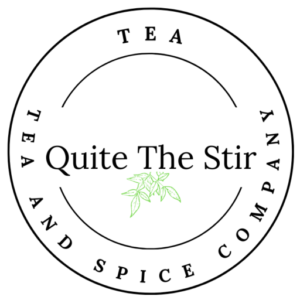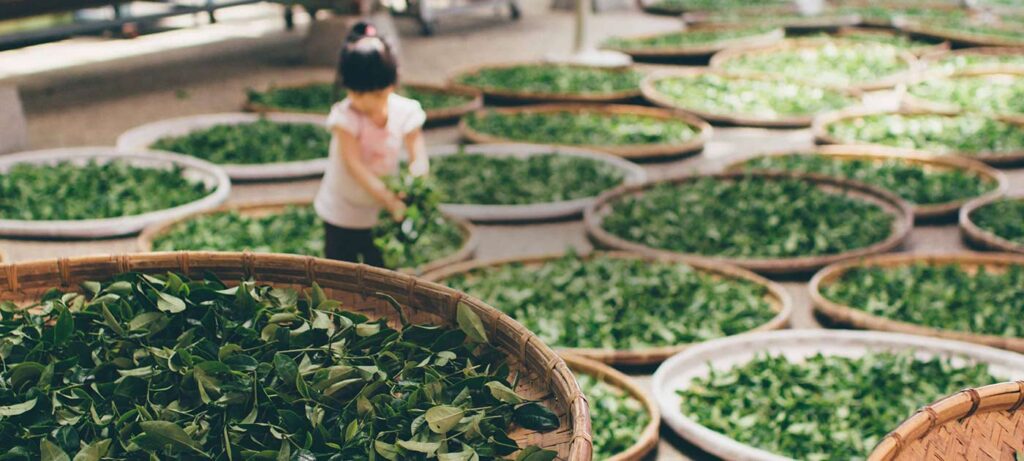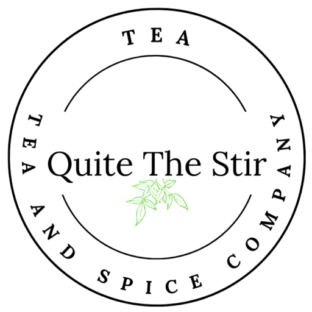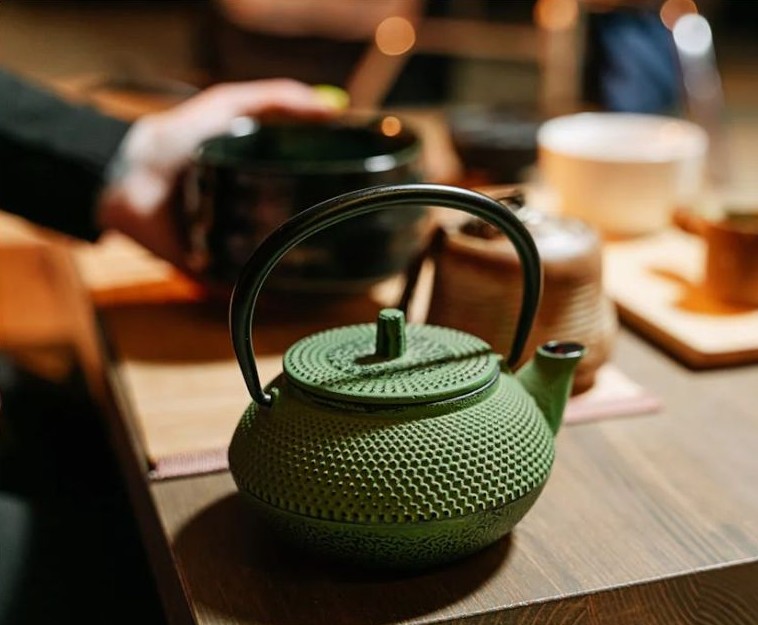Explore the World of Tea: A Comprehensive Guide
Explore the World of Tea: A Comprehensive Guide
Tea: a steaming cup of comfort, a ritual steeped in history, and a global beverage enjoyed by billions. From energizing mornings to calming evenings, tea transcends cultures and brings people together. But this seemingly simple drink boasts a fascinating story waiting to be savored. This comprehensive guide unlocks the world of tea, exploring its history, varieties, brewing methods, health benefits, and cultural significance. So, grab your favorite mug, and embark on a journey of discovery!
A Journey Through Time: From Origins to the Modern Cup
The legend of tea’s discovery in China around 2737 BC paints a charming picture of Emperor Shen Nong accidentally encountering its invigorating properties. From its early medicinal uses, tea’s popularity grew, eventually reaching Europe in the 16th century via the Silk Road, a network of trade routes that facilitated the exchange of goods and ideas. This “Tea Route” played a pivotal role in spreading tea culture across Asia, Africa, and Europe.
Alongside the Silk Road existed another vital trade route: the Tea Horse Road, also known as the Chamadao (茶馬道 chāmǎdào) in Chinese records. This network of caravan paths winding through the mountains of Sichuan, Yunnan, and Tibet played a pivotal role in spreading tea culture across Asia.
Traveling this route was difficult due to its diverse terrain, and one minor misstep could be fatal for both trader and animals. However, the exchange was crucial. Horses were essential for transportation and warfare in China, while tea was becoming a highly desired commodity. The Tea Horse Road facilitated the trade of tea, horses, and countless other goods, fostering connections between various ethnic groups and leaving a lasting legacy on the region.
Today, the Tea Horse Road attracts people from all over the world with its assorted teas, mixed cultures, stunning landscapes, and ancient centers of trade. Traveling this route allows you to experience both ancient and modern China by learning about the culture of local ethnic communities, hiking in the ancient tea tree forests, and exploring the scenic mountains, rivers, and valleys.
A World of Leaves: Unveiling the Diversity of Tea
While most teas come from the Camellia sinensis plant, the magic lies in processing methods that unlock a spectrum of flavors and characteristics.
- Black Tea: The boldest and most familiar, black tea undergoes full oxidation, resulting in a strong, malty flavor.
- Green Tea: Minimally processed, green tea retains its grassy notes and boasts a plethora of health benefits.
- Oolong Tea: This intermediary tea bridges the gap between green and black, offering a spectrum of flavors depending on the oxidation level.
- White Tea: Delicate and floral, white tea is minimally processed and known for its subtle sweetness.
- Yellow Tea: This tea falls between green and oolong tea in terms of oxidation. It has a delicate, floral flavor and a pale yellow color.
Yellow tea is often produced in China and is known for its health benefits, including antioxidant properties and potential benefits for digestion. It is less common than green, black, or oolong tea, but it is gaining popularity among tea enthusiasts.
- Herbal Teas/ Infusions/Tisanes: Beyond the Camellia sinensis plant lies a world of herbal infusions like chamomile, peppermint, and rooibos, catering to diverse preferences and offering distinct health benefits.
The Art of Brewing: Mastering the Perfect Cup
Transforming loose leaves or bags into a delightful beverage requires a touch of artistry. Water temperature plays a crucial role – green tea thrives in gentler heat (175-180°F) while black tea prefers the full blast (212°F). Steeping time is equally important, with green tea surrendering its flavor quickly (2-4 minutes) while black tea needs longer (up to 6 minutes) to bloom. Experiment and find the sweet spot for your favorite tea.
Essential Elements for a Tea Ceremony
Whether you’re enjoying a solitary cup or hosting a tea party, certain essentials elevate the experience:
- Teaware: Invest in a teapot or infuser made from high-quality materials like porcelain or glass to ensure optimal brewing and heat retention.
- Cups and Saucers: Choose cups that fit comfortably in your hands and enhance the visual appeal of your tea. Saucers not only prevent spills but also serve as a place to rest your teaspoon.
- Strainer/Infuser: For loose leaf tea, a strainer/Infuser ensures a smooth, debris-free cup.
- Timer: Precise steeping times are crucial for optimal flavor extraction.
- High-Quality Tea: Opt for loose leaf tea whenever possible, as it offers superior taste and greater variety.
A Journey Beyond the Mug: Exploring Global Tea Cultures
Tea transcends the beverage itself, becoming woven into the fabric of cultures worldwide.
- Japan: The delicate art of the Japanese tea ceremony emphasizes mindfulness, respect, and appreciating the subtle flavors of matcha.
- China: Gongfu brewing involves specialized equipment and a focus on appreciating the tea’s aroma and taste through multiple infusions.
- India: Chai, a spiced milk tea, is a social beverage enjoyed throughout the day
- Morocco: Mint tea, a symbol of hospitality, is traditionally served hot and sweet.
- Britain: Afternoon tea is a social institution, featuring finger sandwiches, scones, clotted cream, and of course, a pot of tea
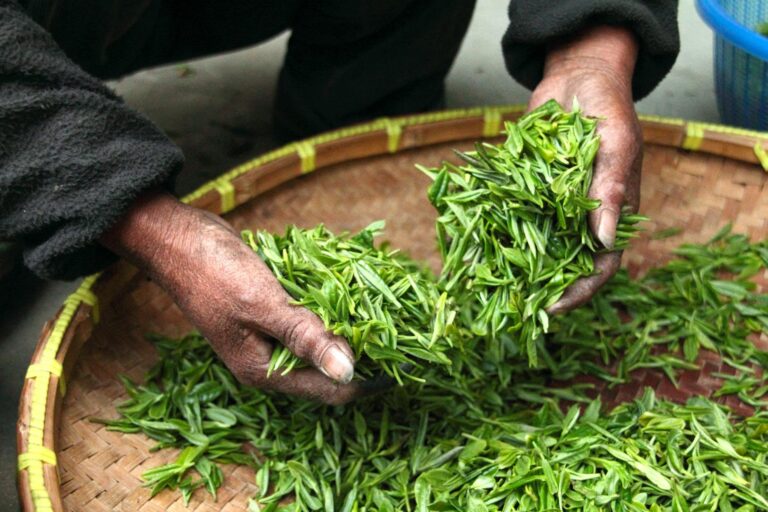
Unleash the Power of Tea: Health Benefits You Should Know
Tea isn’t just delicious; it boasts a range of potential health benefits depending on the type. Green tea, rich in antioxidants, may improve heart health and cognitive function. Black tea may boost alertness and aid in digestion. However, remember these are potential benefits, and consulting a healthcare professional is always recommended for personalized advice.
The Great Debate: Milk or No Milk?
The question of adding milk to tea is a matter of personal preference. While some enjoy the creamy texture and slightly milder flavor milk provides, others believe it masks the tea’s delicate notes. Ultimately, the choice is yours!
Storing Tea: Preserving Freshness and Flavor
Proper storage is essential for maintaining tea’s quality. Here are some key tips:
- Airtight Containers: Use airtight containers to prevent exposure to air, moisture, and light, which can degrade flavor and aroma.
- Cool and Dark: Store tea in a cool, dark environment away from heat sources and strong odors (like coffee).
- Separate Storage: Consider storing different tea types separately to prevent stronger flavors from influencing more delicate ones.
Where to Find Quality Tea: Embark on Your Sourcing Journey
Now that you’re ready to delve deeper into the world of tea, here are some resources to help you find quality offerings:
- Specialty Tea Shops: These shops offer a curated selection of loose leaf teas, often with knowledgeable staff to guide you.
- Reputable Online Retailers: Many online retailers specialize in high-quality teas, providing convenience and a wider selection.
- Farmers Markets: Look for local farmers markets that may sell loose leaf teas directly from growers, ensuring freshness and offering unique varieties.
Making Tea a Ritual
Tea is more than just a beverage; it’s an opportunity to slow down, connect with yourself or others, and appreciate the simple pleasures in life. Here are some tips to cultivate a mindful tea ritual:
- Set the Mood: Create a calming atmosphere with natural light, soothing music, or relaxing scents.
- Disconnect to Reconnect: Put away electronic devices and allow yourself to be fully present in the moment.
- Savoring the Experience: Focus on the visual appeal of your tea, the aroma as it steeps, and the subtle flavors in each sip.
Conclusion: Your Tea Adventure Begins Now
The world of tea is vast and exciting, offering endless possibilities for exploration. With this guide as your compass, embark on your own tea odyssey, discover new flavors and traditions, and experience the joy of a steaming cup steeped in history, culture, and mindfulness. So, grab your favorite mug, embrace the ritual, and let the tea leaves guide you on a journey of discovery!
Even More Tea Infused Insights to Steep In:
Beyond The Cup: Embracing a Sustainable Habit
Tea isn’t just about the beverage itself. Here’s how to embrace a more sustainable approach:
- Loose Leaf Love: Choose loose leaf tea for a wider variety, superior taste, and reduced waste compared to tea bags.
- Compost It: Used tea leaves can be composted, enriching your soil with essential nutrients.
- Reimagine Tea Bags: Give used tea bags a new life as natural deodorizers or soothing eye compresses.
Surprising Uses for Tea: Unlocking Tea’s Hidden Talents
Tea’s versatility extends beyond the mug. Here are some unexpected ways to incorporate it into your life:
- Gardening Magic: Weak tea can act as a natural fertilizer for your plants.
- Beauty Boost: Soaked tea bags can be used as eye compresses to reduce puffiness.
- Natural Cleaning Power: Tea’s tannins can tackle greasy messes. Soak your dishes in cooled tea water for easier cleaning.
- A Labor of Love: It takes about 2,000 tiny tea leaves to make just one pound of finished tea. Each leaf is hand-plucked for optimal quality, making tea cultivation a meticulous process.
- Modern Convenience: Tea bags, a seemingly simple innovation, are a relatively recent invention. While loose leaf tea has been around for centuries, tea bags weren’t patented until the early 1900s by a New York tea merchant.
- Sleepy Time Solution: While chamomile is a popular herbal tea for relaxation, did you know catnip, a favorite feline herb, can also be brewed into a calming tea to soothe you before bed?
- The Great Milk Debate Goes Global: The addition of milk to tea isn’t just a British phenomenon. In Hong Kong, for instance, milk tea (usually black tea with condensed milk) is a ubiquitous beverage enjoyed throughout the day.
- Tea and Travel Collide: The term “pecking tea” originated from early sailors who would bring tea leaves with them on long voyages. To conserve space, they would “peck” or break off small pieces of tea leaves to brew instead of using whole leaves.
- Tea Can Be Icy: While hot tea is the classic way to enjoy the beverage, iced tea offers a refreshing alternative on a warm day. The invention of iced tea is credited to America in the early 1900s, and it has become a popular summertime drink around the world.
- Caffeinated Kick: Black tea generally packs more caffeine than green tea, although the exact amount can vary depending on the specific type and brewing method. However, both black and green tea offer a gentler caffeine boost compared to coffee, thanks to the presence of L-theanine, an amino acid that promotes relaxation and focus.
- A Royal Tradition: Afternoon tea, a quintessential British tradition, is said to have originated with Anna, the seventh Duchess of Bedford, in the early 1800s. To bridge the gap between lunch and a late dinner, she introduced the concept of enjoying a light meal with tea in the afternoon.
- Tea for Two (or a Crowd): Tea ceremonies around the world vary greatly. From the formal Japanese tea ceremony to the casual act of sharing a pot of tea with friends, tea has the power to bring people together and foster social connection.
- Sustainable Sipping: Looking for ways to make your tea habit more eco-friendly? Consider using a reusable tea strainer or infuser instead of disposable tea bags. By opting for loose leaf tea, you can also reduce waste and enjoy the wider variety and superior taste it offer
